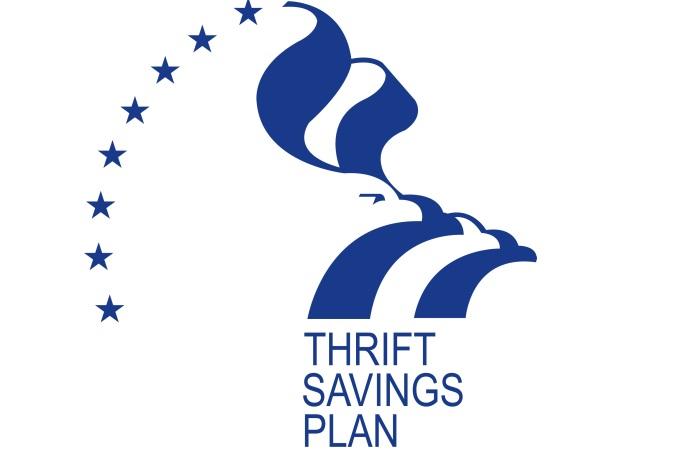The Thrift Savings Plan (TSP) is similar to a 401k or an IRA. It is a type of retirement plan that one contributes to during his or her career. The contributed funds are stored in a specific financial instrument like a mutual fund or an index fund. TSP plan members contribute pre-tax dollars to their TSP, which is also called tax-deferred payments.
A unique feature of the TSP is its simplicity: there are five funds to choose from, the G, F, C, S, and I funds. The F and G funds are generally considered more risk-averse, while the C, S, and I funds are riskier. The G fund is for Government Securities; the F fund is for Fixed Index Securities; the C fund is for Common Stock Index; the S fund is for Small Capitalization Index; and the I fund is for International Stock Index.
The TSP’s costs are much cheaper than most private funds, with the 2013 average at 0.029%. Since it is so much cheaper, it is a viable option when compared to the majority of 401k/IRA plans out there today. Of course, this is an oversimplification; there are other factors.
TSP participants receive, for the most part, contribution matching from the Federal government. Unfortunately, service members are not included in this. Military members do not receive matches for their TSP contributions. Technically, the secretary responsible for each service can designate certain critical specialties eligible to receive matching contributions, but this was only done in a pilot program and has not been used since.
The TSP’s contributions, by default, are tax-deferred, or pre-tax. This means you put money in from your earnings and are taxed on what is left. It is tax “deferred” because, after those earnings grow over your lifetime, they are taxed upon disbursal. Like 401ks and IRAs, the TSP also has a Roth provision. This reverses the tax treatment, meaning one will invest with after-tax dollars, but one’s earnings will be tax-free.
So, is the TSP plan worth using? That depends where you’re coming from. From one angle, it is a very good way to automatically save money for your future. Saving money is a habit most successful people have, and the TSP is a good way to do it. Though your money is “invested” into certain funds, we wouldn’t really call it an investment, but more of a retirement savings vehicle.
If you’re a little bolder, you could try construction your own retirement savings plan. Instead of getting taxed on one end or the other, be creative and see if you can get taxed on neither end. Real estate is a good medium for doing that.




